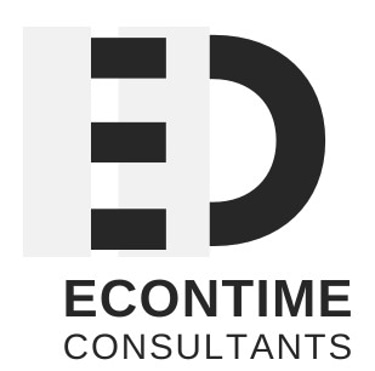FROM MEDIOCRE COMPANIES TO EXCELLENCY IN WORK-LIFE BALANCE
WE HELP HR DEPARTMENTS TO SHINE


THIS IS JOHN
HE WORKS IN AN OWO COMPANY (ONLY WORK-ORIENTED)
Category title
Write a short description of this category
John is an outstanding employee. Known for his hard work, efficiency, and remarkable contributions, he has been a true asset to the company—one they hoped to retain for many years.
However, John has decided to leave. He feels that neither his manager nor the HR department has taken his personal circumstances into account. Despite voicing his concerns, he perceived a lack of attention and support, leading him to conclude that staying in the organization was no longer sustainable.
During his time with the company, John generated an average of $780,000 per month in revenue, while earning $65,000 annually. His productivity level consistently reached 90%, and his impact on customers was both significant and positive.
Yet beyond numbers, John repeatedly expressed a simple personal need: more quality time with his two young children. Now, with his kids at a “strategic age window” of four and six years old, he has chosen to join a company that offers reduced commuting, more remote work, and less travel.
His current employer never asked about his personal life, nor did it ever recognize the economic value of his personal time—and ultimately, that oversight cost them one of their best employees.


THIS IS THE NEW JOHN: HE WORKS IN A WLB ORIENTED COMPANY (WORK LIFE BALANCE-ORIENTED)
John received an assessment from his company on the economic value of his personal time.
Following this evaluation, and with the support of Econtimetime Consultants, we were able to interview John and gain a deeper understanding of his core needs as a person. During the conversation, he shared how important his children are to him, and we recommended to management an increase in remote work opportunities and a reduction in travel-related activities.
John deeply appreciated this response from the company and decided not to pursue opportunities with competitors. The company tailored its offer to address what truly mattered to him—not simply money.
This approach is extended to all employees through the creation of a Corporate Work-Life Balance profile. While it is not always possible to fully adjust schedules and responsibilities, the fact that the company actively listens and cares makes a significant impact on both talent retention and attraction.
Work Life Balance (WLB) is represented by a value of 50-150% R(Co/Ev)
The distance between income and the Employee Economic Value of Time


A Tech Company
The company manufactures hard disks in the area of Bangkok in Thailand. It employs 216 employees. An audit of Employee Economic Value of Time revealed that the Corporate WLB ratio was at 43%, showing a great gap between the salaries and the Economic Value of the Time of Employees. Most times, the cost of free time for employees was too expensive due to family obligations, health, age, or financial issues, leading to a mediocre WLB quotient.
Without touching salaries at all, the company has been able, in some cases, to re-formulate schedules, days, assignments, and remote work, and in others, significantly improved the WLB for their staff. After these changes, a second audit has been conducted, where employees have recalculated their results.
The corporation has improved the work-life balance of its people up to 72%, which is a 67% improvement!
